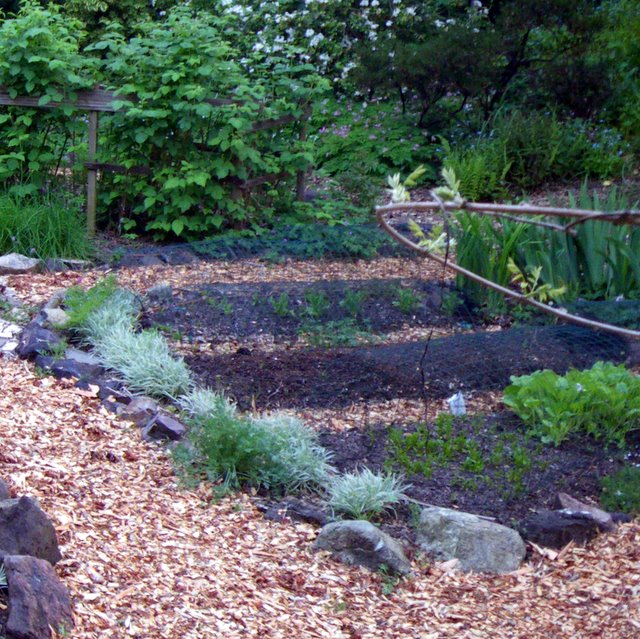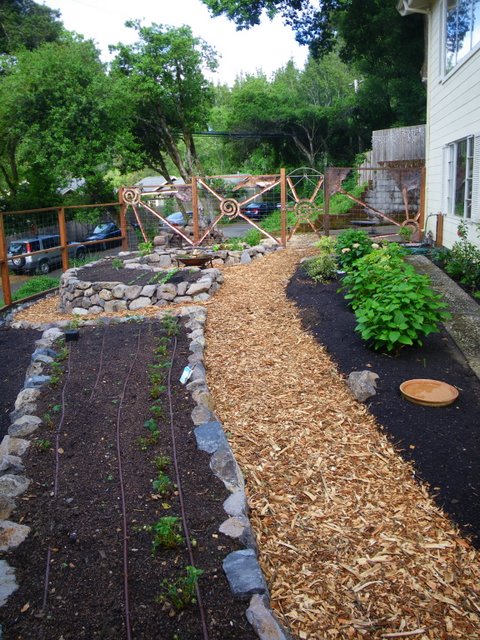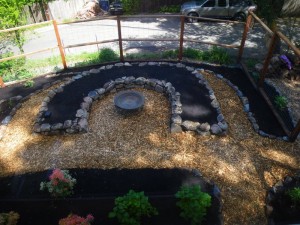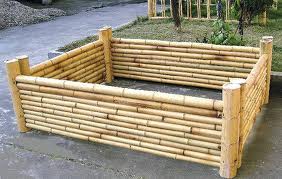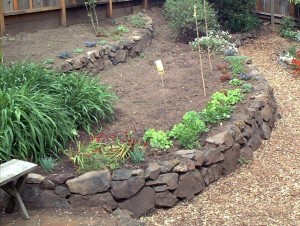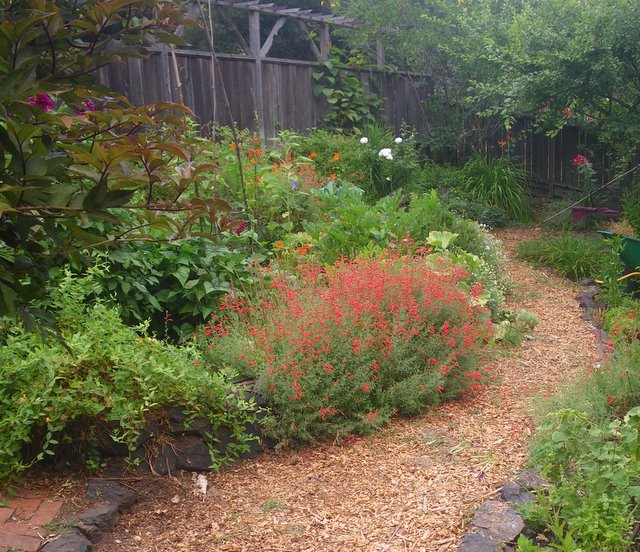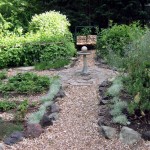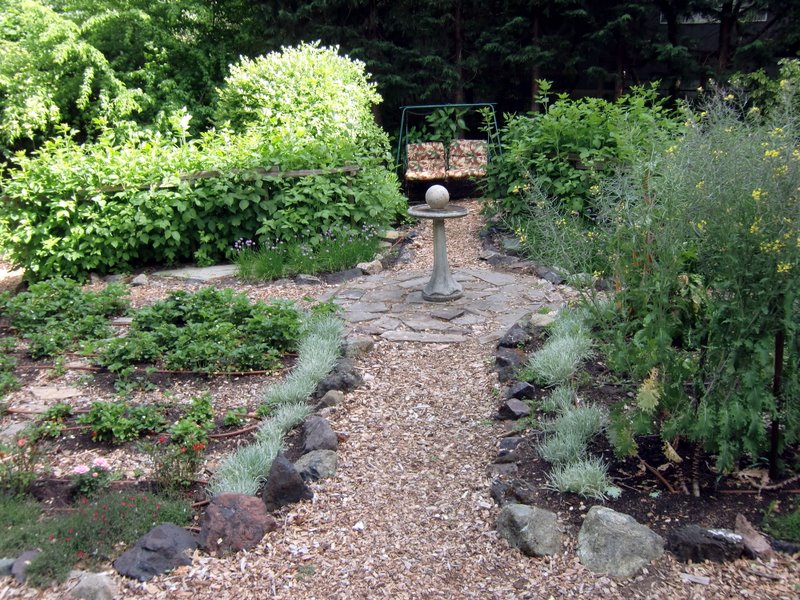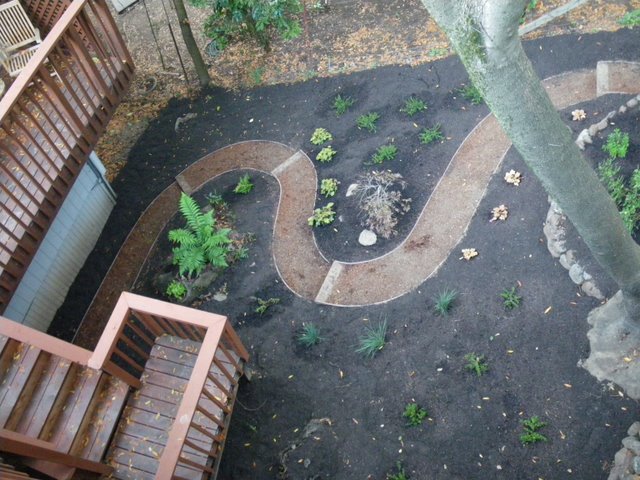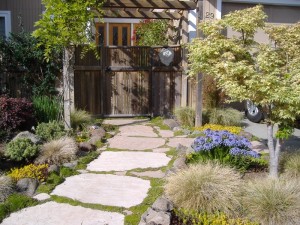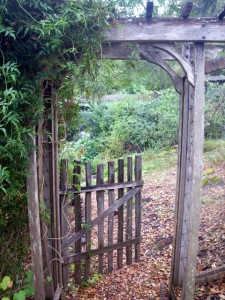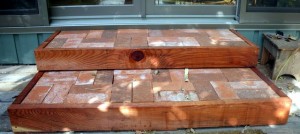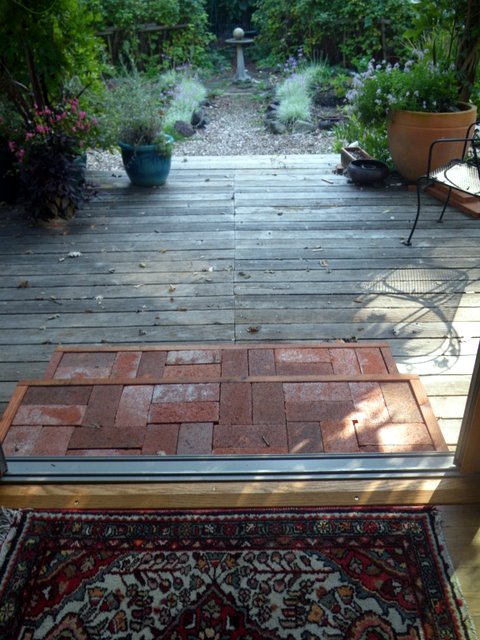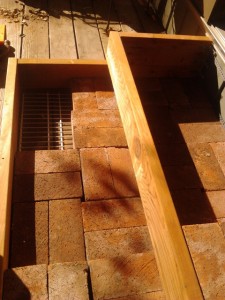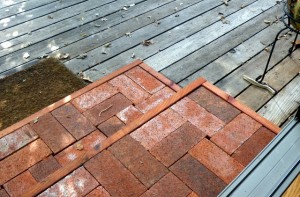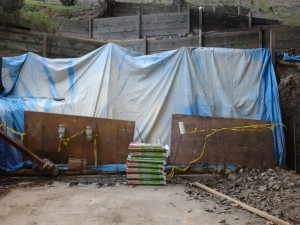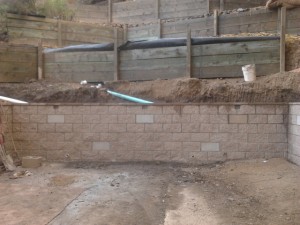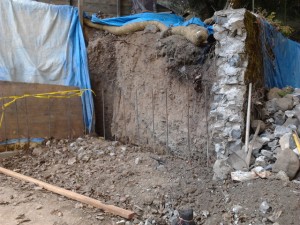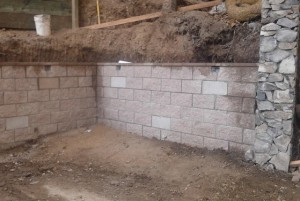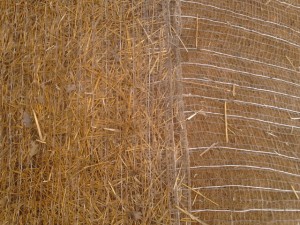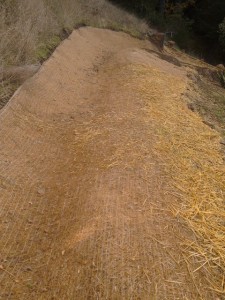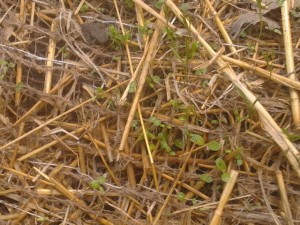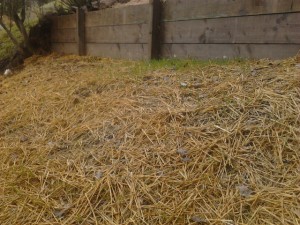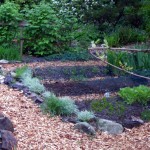
By Avis Licht
Raised beds have many advantages. They provide better drainage, better access, better plant growth and reduced soil compaction. There are many ways to build a raised bed. Let’s see what would be best for your garden.
The Simplest Raised Beds
These don’t need any built up edge, they only need to be double dug.
This act of digging and moving the soil aerates it and raises it up. Here’s a more detailed explanation. This is especially effective when opening up the soil for the first time. By creating “beds” instead of rows, you leave paths for walking and you never step on the bed. This prevents compaction and allows water and air to penetrate the soil, making for healthier roots. It also lets you plant in a more intensive manner.
Double digging is hard work, but doesn’t need to be done every season. In another post I’ll show you the many reasons for using this method, and different ways you can incorporate fertility.
Stone Raised Beds
Stone lasts forever, and looks beautiful. It is also easy to create curving lines in the garden.
As you can see in the photo above, you can use stone to edge your beds, it defines the line and creates a clear path.You can use it to build a wall, which is especially effective on a slope. In this garden, the curved bed was built to 2 ft high, which helps the owner who has back issues. We used the opportunity of the height of the bed to bring in some good organic topsoil.
If you bring in soil, be sure to loosen up the bottom of the bed. It doesn’t help to bring in good topsoil if you don’t have good drainage.
Cost is a factor in deciding whether or not to use stone. It can be expensive if you have to buy it, and it takes time to install it.
Wood Raised Beds
Wood is commonly used for building raised beds in the vegetable garden. Use recycled wood if possible. Buying redwood or cedar has many implications to the environment. If you are only raising the beds a few inches, I don’t think wood is worth the effort or the cost.
If you do use wood, be sure not to use pressure treated wood. This includes old railroad ties. The chemicals in this wood are hazardous to your health and the environment. This article covers the pros and cons of using wood.
You can even find recycled plastic for raised beds. Kits with all the materials you need can make the project simple. Gardener’s Supply carries all kinds of raised bed kits.
When deciding whether to use raised beds in your edible landscape consider your site, soil, resources and aesthetics.

 Follow
Follow

